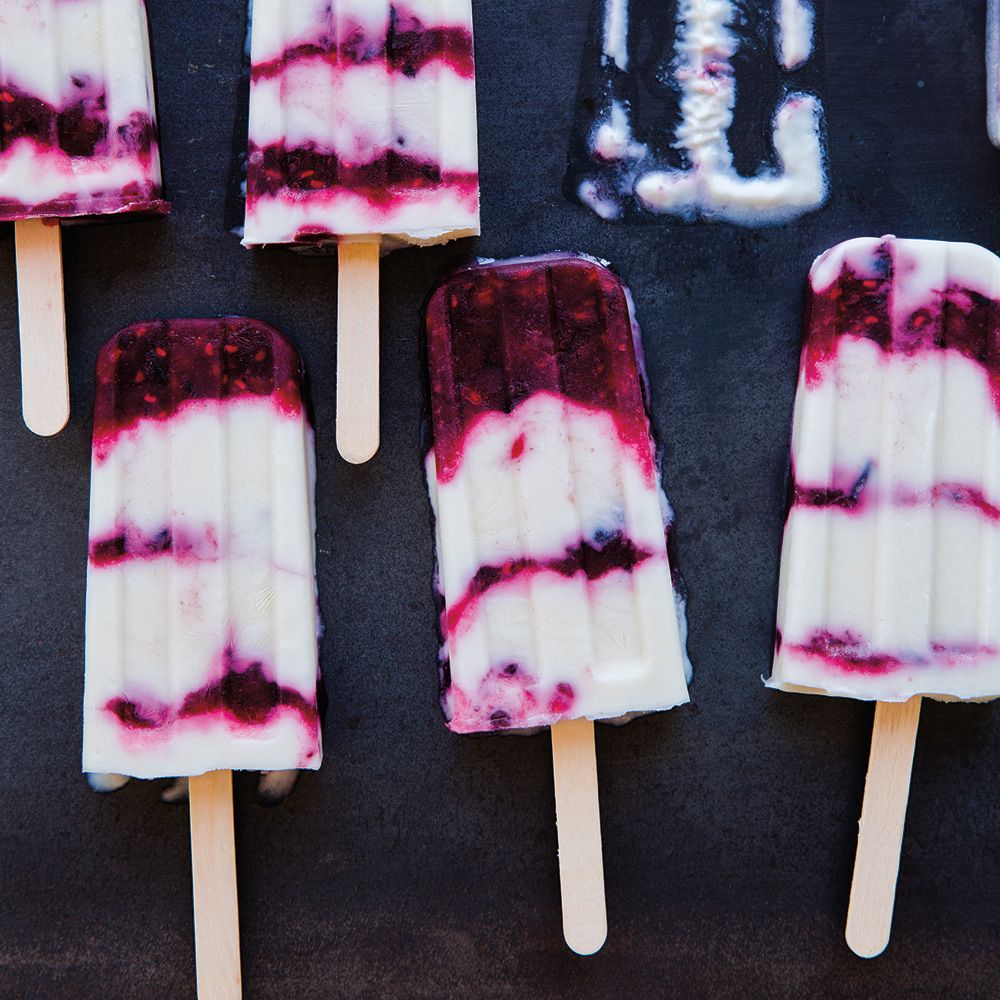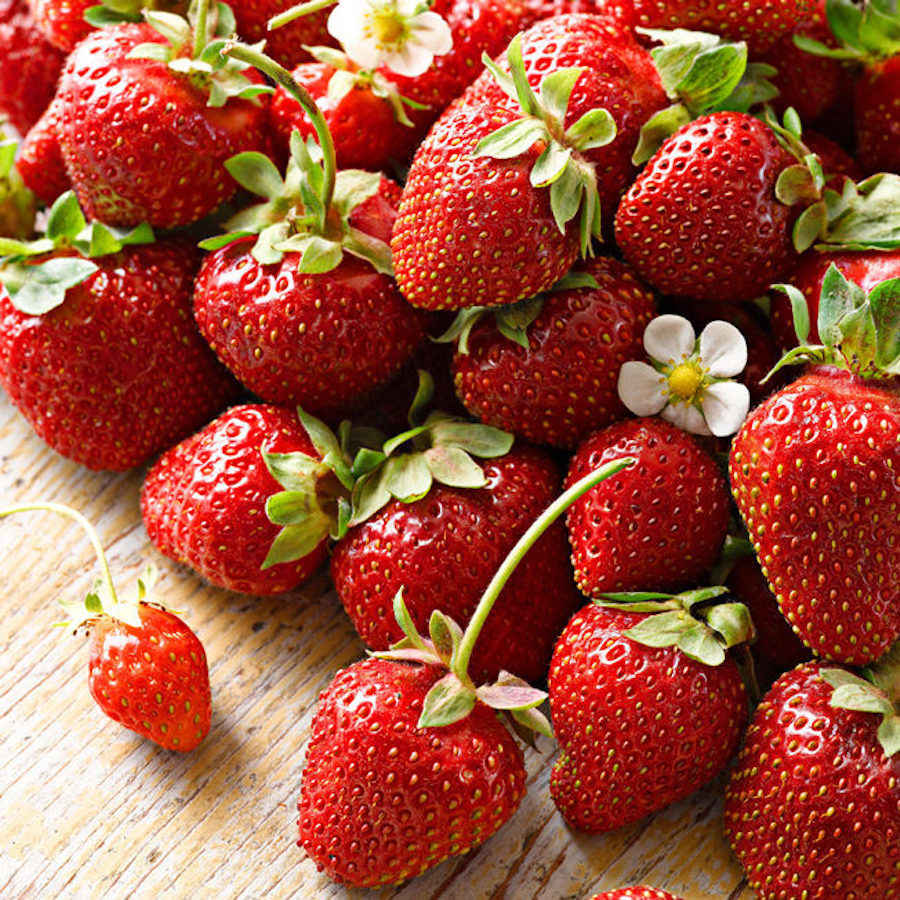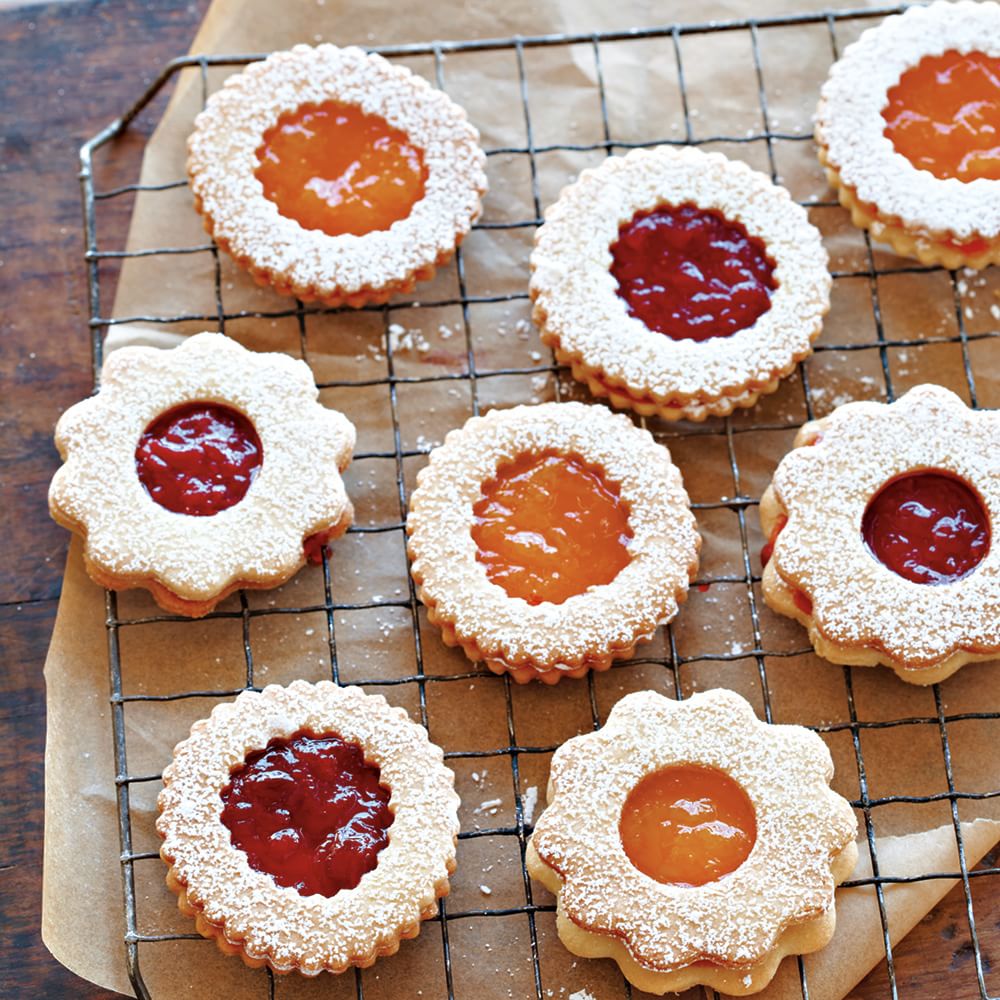
If you’ve been practicing social distancing and staying at home, we applaud you. We also imagine you have a new relationship with your freezer. For some of you, it’s an especially fraught and chilly one.
Using the freezer for more than storing ice cubes, French bread pizza and a pint of ice cream is new turf for many of us. Those are all important things to have on hand, sure, but may we suggest expanding your freezer repertoire?
Our in-house expert and Test Kitchen Director extraordinaire Belle English knows quite a bit about how to make the most of your freezer. Here are some of her top tips.
1. Really Use the Space
Freezers are supposed to be about 75 percent full for maximum efficiency, so fill ‘er up, set to zero degrees. Note that there should be room circulating at the top (four inches) and bottom (two inches) of freezer for airflow. (A good diagram is here.)
2. Label and Organize
“Nothing can stop freezer burn from occurring if your food is in the freezer for too long,” says Belle. (The USDA guidelines for frozen food storage are here.) So date and label your foods as clearly as you can. Consider some clear freezer storage containers, because when the kids are howling and the partner is hangry, you need to be able to move fast. Consider storing things by type of use, as you would in your pantry. Belle stashes butter and chocolate, both of which can go off if left in the fridge too long, together, all the better for baking projects. Produce can go in one section; meat in another. Make it easy and less daunting. Consider rotating food that you should defrost soon forward in the freezer.
3. Watch Out for High Water Content Foods

Food with high water content is especially susceptible to freezer burn, notes Belle, such as those berries that always seem like they’re ready for a cameo in Frozen. “Fruit or anything water-based will have more of a chance of a freezer burn situation. That’s why your blueberries and raspberries have freezer burn all over them; they’re mostly water themselves.” Sorbet is more susceptible to freezer burn than ice cream.
4. Air is the Enemy
Air is your nemesis when it comes to freezer burn, says Belle. “Make sure the food has the least amount of exposure to air. The best way hands-down is to vacuum-seal. Suction the most air possible out of everything.” If you don’t have the equipment, “plastic bags and wrap are a second alternative as long as you press as much air out as possible.” Press plastic wrap right on to the surface of foods. The one exception seems to be storing soups with high water content; they will expand in the freezer, so it’s best to leave about a half an inch of headroom for expansion. (And may we suggest our souper cubes, so you don’t have to defrost the whole quart of stock?)
5. Wrap, Then Wrap Again

An error we’ve all made is hastily wrapping something before throwing it in the freezer. Don’t do that. Wrap logs of cookie dough in plastic wrap, then aluminum foil, making sure every angle is covered. Wrap the heck out of that hunk of meat, suggests Belle.
6. Don’t Cool Hot Food Using Your Freezer
In an ideal world, you’re keeping your frozen food well, frozen, and avoiding opening the freezer door too often. You will cool the freezer itself by popping in that hot vat of soup, so let it cool a bit on the counter, then on the fridge, and then in the freezer.
7. There’s a Technique for Freezing Some Foods
Excess butter, nuts and chocolate should go into the freezer, says Belle. (Nuts in particular are ones a lot of folks forget.) Bread should be frozen when it’s as fresh as possible, for best results. (The interim fridge stash some of us do doesn’t last; after not too long, there will be mold.) If you baked it yourself, be sure to cool it completely before wrapping it and freezing it. For sandwich bread and coffee cake, slice before freezing.
Bananas are perhaps the most freezer-friendly fruit. Belle takes them out of their skins for smoothies and leaves them in for banana bread to help them retain their shape. Yes, you can freeze other fruits in a pinch, but these days, many of us are pinched for time. If you can find pre-frozen veggies and fruits, it’s probably your best move. It’s wise to have plenty of frozen greens on hand. Many vegetables don’t make the transition into the freezer easily, such as cauliflower. (An alternative is to buy plenty of root veggies that can live for a while at room temperature, such as potatoes, onions and winter squash.) Meat does best when vacuum-sealed, says Belle. Always.
8. Save Space With Big Ice

Cocktail fan? Save space if you love those big cubes. Pop a cube into each of the old fashioned glasses you’re also chilling. Most drinks experts recommend using a fresh cube even if you’re shaking a drink in a shaker. You’re that much closer to winding down your day that way.

2 comments
Was surprised to hear about the fresh fruit. Thanks! I have been a freezer fan for my 60+ years. Goes to show you can teach an old dog ( woman) new tricks! Thank you!
Last week I had to throw 20 pieces of chicken breasts away because it was frozen thank you for this article it really helped.👍